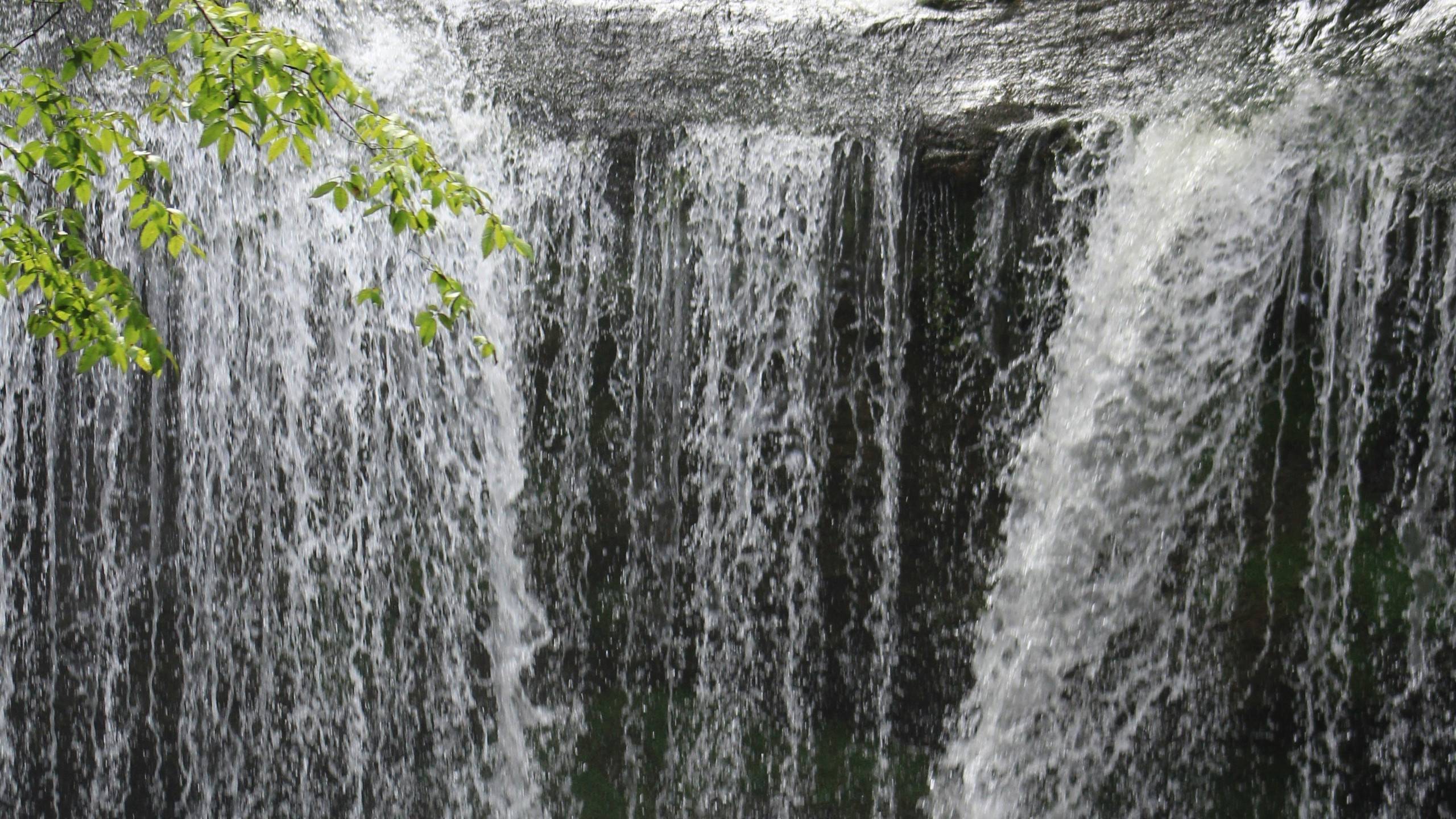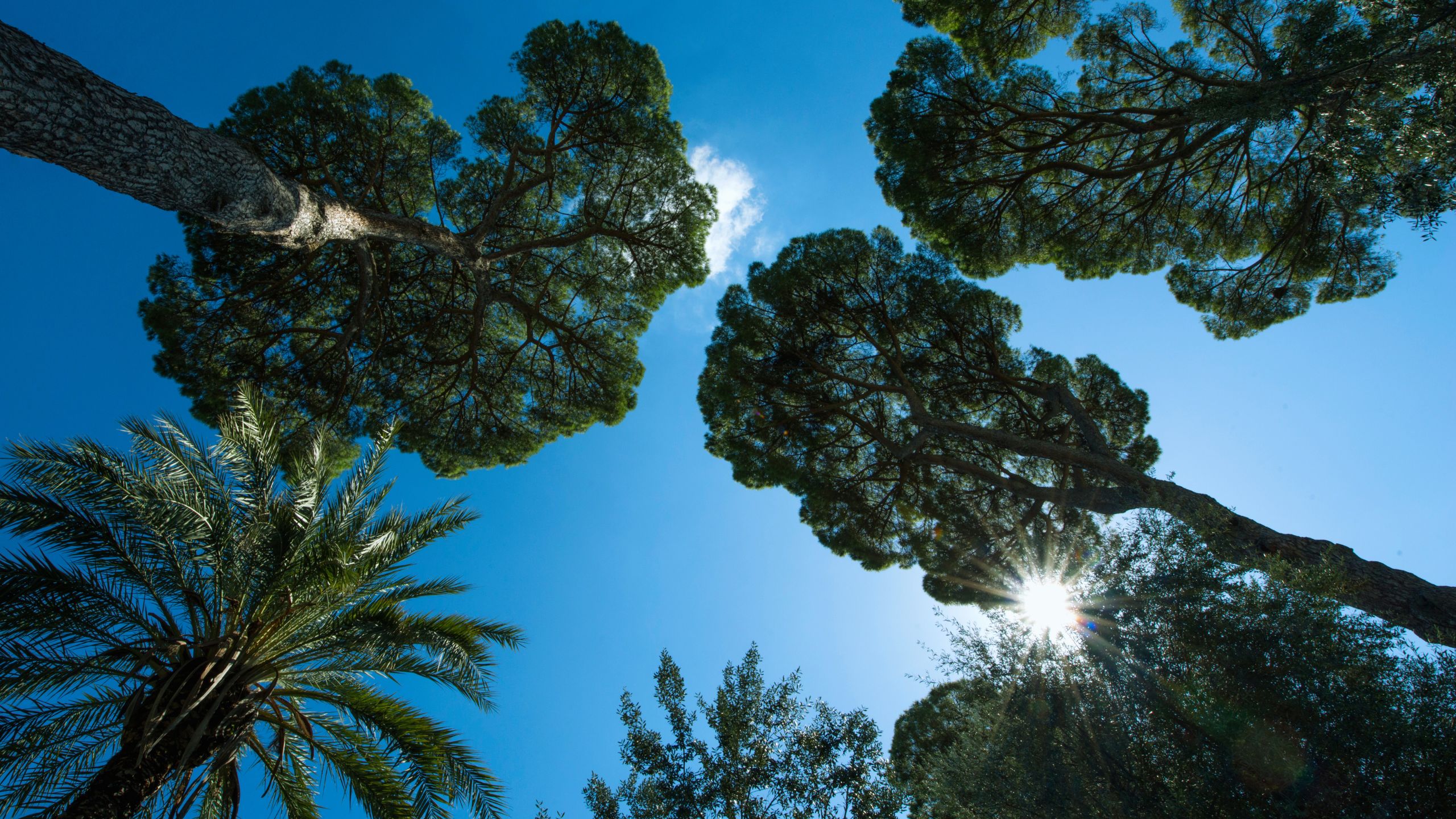The big green parks in Rome: the Natural Reserve of Monte Mario
Although Rome is famous worldwide for its priceless artistic and cultural heritage, the Italian capital is also one of the greenest cities in Europe. Within this complex urban metropolis there are countless parks and naturalistic areas, including the suggestive Natural Reserve of Monte Mario. This area - over 238 hectares - is located in the North-western area of the city, and it represents a mosaic of unique biodiversity.
History and origins of the Park
The Natural Reserve of Monte Mario was established in 1997, on the surface of the nineteenth and seventeenth municipalities. It is situated at approximately 138 meters above sea level, and it includes the Monti della Farnesina, one of the most beautiful and elegant areas of the capital, from where you can enjoy a one-of-a-kind view over the historical centre and the Vatican City. The area has a very ancient origin, as remains dating back to prehistoric times were found there.
However, the development of the region began by the rise of the Roman Empire, when the rich Roman nobility built their sumptuous residences in this natural area. The most valuable architectural works date back to the Renaissance, as the aristocratic families of the time built important residences you can still see in all their glory, including Villa Madama, nowadays seat of the Prime Minister and the Foreign Ministry.
Inside the Natural Reserve of Monte Mario, there are also splendid buildings like Villa Mellini, dating back to the first half of the 15th century - one of the few still perfectly preserved - where the Astronomical Observatory with its dominant and privileged position is situated. Equally important is Villa Mazzanti - a more recent construction -, current headquarters of the institution that manages the consortium of the Grandi Parchi di Roma.
Flora and fauna in the Natural Reserve of Monte Mario
The Natural Reserve of Monte Mario is a protected place where dozens of species of plants and animals live. The vegetation represents the typical example of the Mediterranean vegetation biodiversity, with numerous examples of cork trees, Holm oaks, cysts, Linden, pine trees, laurels, maples, hazels and dogwood, in an ideal habitat for a large number of wild animals.
The fauna is particularly rich of small rodents, like the hazel dormouse and wild mice, but the real natural richness is represented by the strong presence of birds, such as the robin, the goldfinch, the starling, the blackbird and the greenfinch. During the walks in the park, you can admire them in all their beauty, hearing them they flying from a branch to the other. The experts tell you can hear the typical night birds, the owl and the tawny owl.
In the park, there are some exemplary of porcupines and weasels, however it is rather difficult to see them, because of their shy and prudent behaviour. In the summer, migratory birds usually rest among the trees - such as the kestrel, the European bee-eater and the Red-backed shrike, looking for preys, travelling towards the South.
Entrances and routes
The Natural Reserve of Monte Mario has several entrances: the main ones are in via Gomenizza, viale del Parco Mellini, via Casali di Santo Spirito, Piazzale Maresciallo Giardino and via Colli della Farnesina. The park offers several guided routes to enjoy a relaxed and harmonious atmosphere, including the CAI one, reported by frequent indications, allowing you to make a complete tour of the reserve, crossing the famous Via Francigena.
Another location quite popular is the route Natura Collina dell'Osservatorio, about 1 kilometre long. From the entrance in Piazzale Maresciallo Giardino, you can access a linear track, widely used by cycling fans, because of the big cycle way. The path has a duration of about 40 minutes, with a maximum difference in height of 100 metres, from the lowest to the highest point.
It is paved, so on rainy days you have to pay special attention to prevent slipping. Along the way there are several benches where to rest for a few minutes, while during the walk you can admire some formations of geological and marine sediments of the prehistoric age. At the end of the trail, there are scenic viewpoints and a playground for children.
Another ideal location for visiting the Natural Reserve of Monte Mario is the Natura Collina della Farnesina track, whose entrance is in via dei Casali di Santo Spirito: it is not suitable for families with small children and strollers, because several bikers by mountain bikes ride there. The track has a ring shape of about 3 km, 2 of which have 30 meters difference in height, for a total duration of almost one hour.
The surface is covered by gravel, while along the sides there are many benches and shaded areas for relax. This is one of the most interesting parts, where you can admire rare non-coniferous species and various arboreal varieties. Along the route you could meet a stream, in an area where numerous cork plants grow up.
Points of interest
Inside of the Natural Reserve of Monte Mario, there are some buildings of particular historical and cultural value, such as the remains of the Church of S. Croce ai Casali Mellini, also known as Cappella del S. Crocifisso. It is a structure in memory of emperor Constantine, along via Trionfale, dating back to 1350, and first meeting point for the pilgrims visiting the city of the pope in those years .
During the following centuries, the church continued to be destination of pilgrimages, especially in the 1600s, when the plague infested Rome. Equally important is the Church of S. Maria del Rosario, with its dome dominating the top of Monte Mario. Inside of it, there is a Byzantine icon of extraordinary historical importance, dating back to the 7th century, and also four chapels decorated by stuccoes and frescoes by Michelangelo Cerruti.
Do you want to stay in Rome?
For this location we recommend Hotel Oxford, the ideal starting point to discover Rome!




